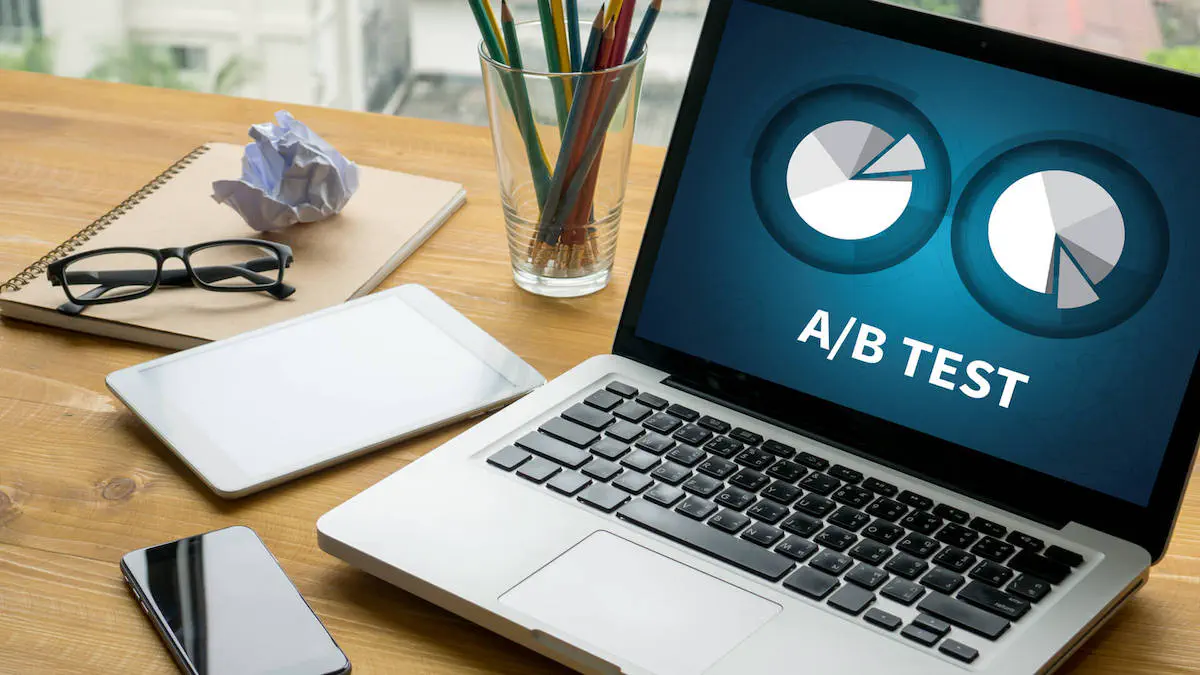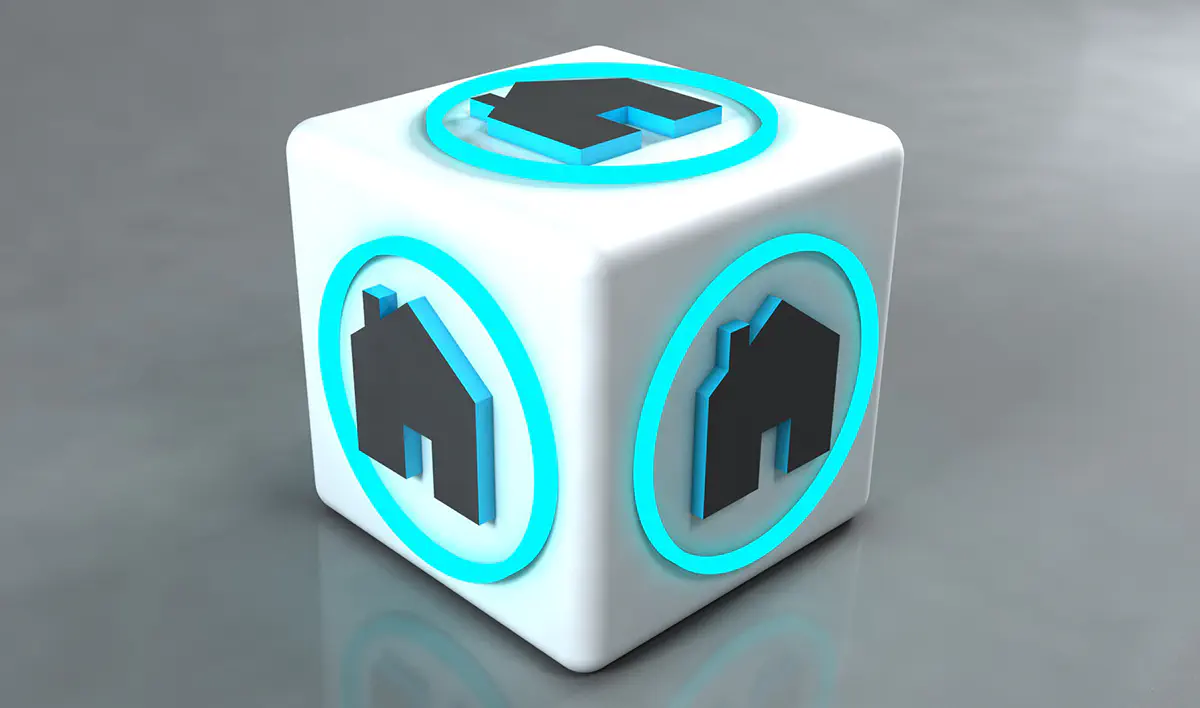How Effective A/B Testing Helps to Build a Cool Real Estate App

The success of real estate web giants like Zillow, Trulia, StreetEasy consists of many fragments. It looks like a puzzle. Until you put all its fragments in its place, you will not be able to see the overall picture, you will not achieve success until all the components are brought together. Today we are going to talk about one of the fragments - quality assurance testing services and a/b testing for real estate platform.
The article perfectly complements these materials:
- Must Have Features to Build a Localized Real Estate App
- How to Create a Real Estate Web Platform - Cost & Features
When do you need a/b tests for a real estate site?
There may be tens of thousands of visitors on a real estate website, but just a few of them become paying customers. This is not about the obvious reasons for that situation like the speed or ideal performance of the application or the site, but just about seemingly completely unimportant things such as the convenience of search filters, contact forms, the location of elements on the listing page, etc.
The thing is that at the development stage, developers proceed from website owner’s technical specifications. For example, a specific location of the buttons on a listing page. The project owner’s decision on the location is based on his assumption that it will be more convenient for the visitors. And yet this is only a guess, and it may be more convenient only for the owner, but not for the visitors. Then what? In order to understand which version of a real estate web page is more effective, you should use a/b split testing.
The basic concepts of a/b testing for real estate website
A/B testing is a study that allows you to evaluate two variants of the page and find out which of them is more effective. With a/b split testing you can reject or prove your hypothesis. In order to figure out how to conduct a/b testing correctly and avoid useless changes, loss of time and money, we need to look into the black box of statistical analysis.
Let’s start from the basic concepts as the null and alternative hypotheses, statistical sample, statistical significance that will help you distinguish illusory results of a/b testing from real ones. The most important thing is understanding of these concepts, and we will leave the formulas and graphs to mathematicians.
Hypothesis is an assumption based on a specific observation that you need to prove. Hypothesis needs to have a foundation. Therefore, you should start from web analytics and analysis of visitors’ behavior on your real estate website.
In statistics, the correctness or incorrectness of an idea is proved by disputing the null hypothesis, which in turn implies that there is no connection between the two observed events. For example, if you increase the size of the image on a listing page, hoping to increase conversions, your null hypothesis may be that there is no relationship between the size of the image on the listing page and the number of conversions.
Alternative hypothesis is usually the opposite of the null hypothesis. In our example described above, alternative hypothesis is that an increase in the size of the image will help to increase the conversion rate.
Now that we have a null hypothesis and an alternative, how can we prove one thing and refute the other? We need to conduct testing for a sufficiently long time to eliminate random results. This is called the achievement of statistical significance.
If, with a total audience of, let’s say, just for an example, 150 000 people, you will carry out a test on only 25 people, that is the sample size, then this test will produce a result with a very low level of statistical significance. Let’s say you want to find out which of different call to actions wordings will get people to schedule more apartment viewing. How can testing on 25 visitors tell you something about the possible choice of the other 149 975 if it represents only a tiny part of the group? The result of a/b testing on 25 visitors you will get is only a piece of meaningless information.
Calculating a statistically significant sample size is tough even for statisticians. Thanks to different online a/b testing software and special calculators you can make it without daunting formulas.

Important: a/b testing is not a way to increase conversions. Also, it will not solve problems in your business. But it will help you make the right decisions based on data.
What you need to implement the test: traffic, conversions, web analytics, hypothesis.
Tips on the right a/b testing for real estate
- Run tests based on the unproved proposition. Starting testing that is not tied to any hypothesis is the same thing as hiking without a compass and without understanding where are you going and why.

- Test one changing element at a time. With testing several elements you won’t be able to determine which of them caused the changes. And only when you find the winner of a/b test, you can proceed to multivariate split testing comparing different versions of the winner-variant.
- Ignore a/b test results until it is completed. Even if you see 100 conversions out of 1000 visitors in the A variant, and 50 out of 1000 in the B variant - ignore it. It does not speak about anything and may change many times until the end of the test.
- Determine the number of site visitors that are required for each variant of the test in advance. It all depends on the purpose of your test and the basic conversion of your site. To determine the sample size for each variant of the test you can use a/b testing calculators on the Internet.
- Do not expect a huge increase in conversion. Most winning a/b tests give a slight increase in conversion of 1%, 2%, 3%. But look at this seemingly tiny percent in a 12 month perspective. Increasing the conversion by 1% every month is already 12% over the course of the year.
What to a/b test in real estate website and app
The point of real estate app a/b testing is to search for page elements that will increase performance. Minor design changes, changes in the contact form, location or color of the CTA button can dramatically affect the behavior of your site visitors. So, what to research and a/b test on your real estate website?
Search filters. The search for property on a real estate website matters most for the visitor. With a/b testing for real estate platform you will discover which search options your visitors need most, advanced or minimized by default, which filter order is most in demand.
Let’s take a look at StreetEasy, a NYC based real estate platform. The thing is in New York City location of the apartment and the type of building play an important role. You will not be able to buy an apartment in a cooperative without the consent of the council. Or a person who has lived in Tribeca for the last couple of years will not want to spend his time looking at the apartment, although it is suitable in all respects, but located in Chinatown. With ab split testing StreetEasy found out that their users need the search by neighborhoods and type of building.

Size of images. If you want visitors of your site to buy a house, then you need stunning visuals for your house listings. First impression matters most for home buyers. Real estate site visitors spend 60% of time looking at listing photos.
Listing description. When you write the description of the property, your main goal is not to give all the details, you need buyers to feel like they have found the house of their dreams. In the study, Zillow analyzed 24,000 home sales and found out that some words in the description of listings were selling higher than expected. According to Zillow, words like luxurious, landscaped, upgraded can give a better conversion rate. Try which of them will help you convert more.
UI elements. When developing real estate mobile applications designers pay special attention to user interface, because mobile users interact with a tiny interface on the screens of their devices. And yet, designers do not have a crystal ball to predict which of the options the user will like more. So real estate mobile app a/b testing should include the testing of different versions of UI. Here are some UI elements to test:
- The size and placement of CTA buttons;
- Length of copy on landing pages;
- Displays of listings images.
Registration form. Check the length of the registration form. Delete non-essential fields, leave only the most important fields for registration. Try adding a few words that you will not bother your registered users with useless information.
To sum up
The improvement of real estate digital products like Zillow, StreetEasy, Trulia is just getting started after the public release when the project is handed over to the owner. Today, having a real estate website is not enough. You need to be among the best in the digital world, and especially in your local area. A/B testing for real estate is a great way to make your website better.
Want a modern real estate site that will generate more leads? Contact us.
Don't want to miss anything?
Subscribe and get stories like these right into your inbox.
Keep reading

How IoT Can Help Realtors: Key Benefits and Applications
The Internet of Things, or Connected Devices, is turning homes into sci-fi-like spaces, with remote control for heating, lighting, and even food ordering becoming reality.

Must-Have Features for Building a Localized Real Estate App
Stay updated on your local real estate market, manage listings, schedule meetings, and track leads with ease. No time to develop an app for your business? We’ve got you covered.

Maximizing Revenue in Real Estate with Predictive Analytics
Investing in rental properties requires quick, data-backed decisions. With the fast-changing real estate market, success depends on your ability to adapt swiftly.
Contact us
Let's explore how our expertise can help you achieve your goals! Drop us a line, and we'll get back to you shortly.